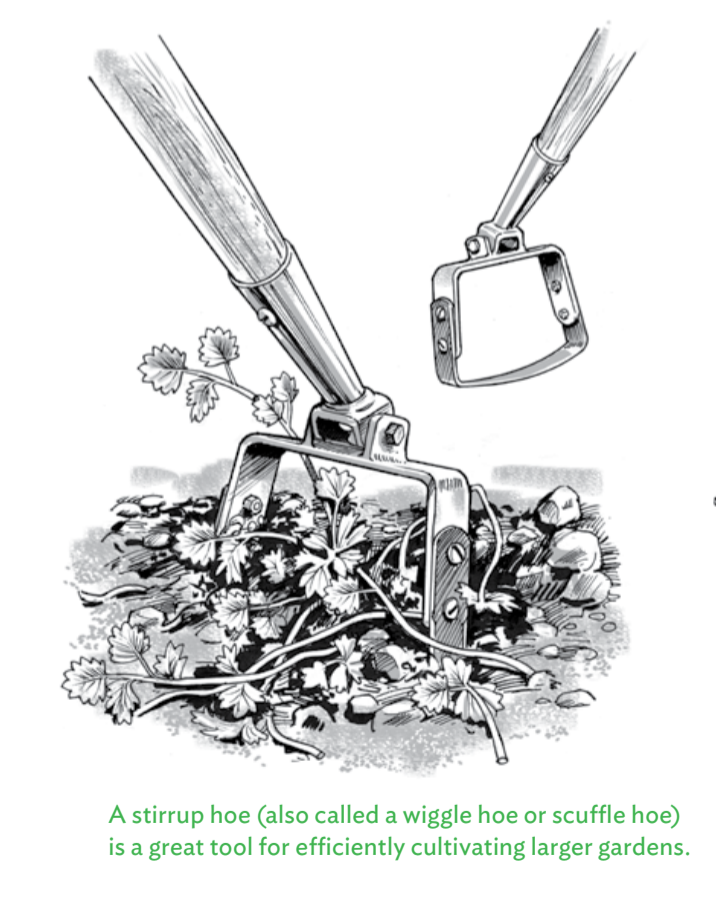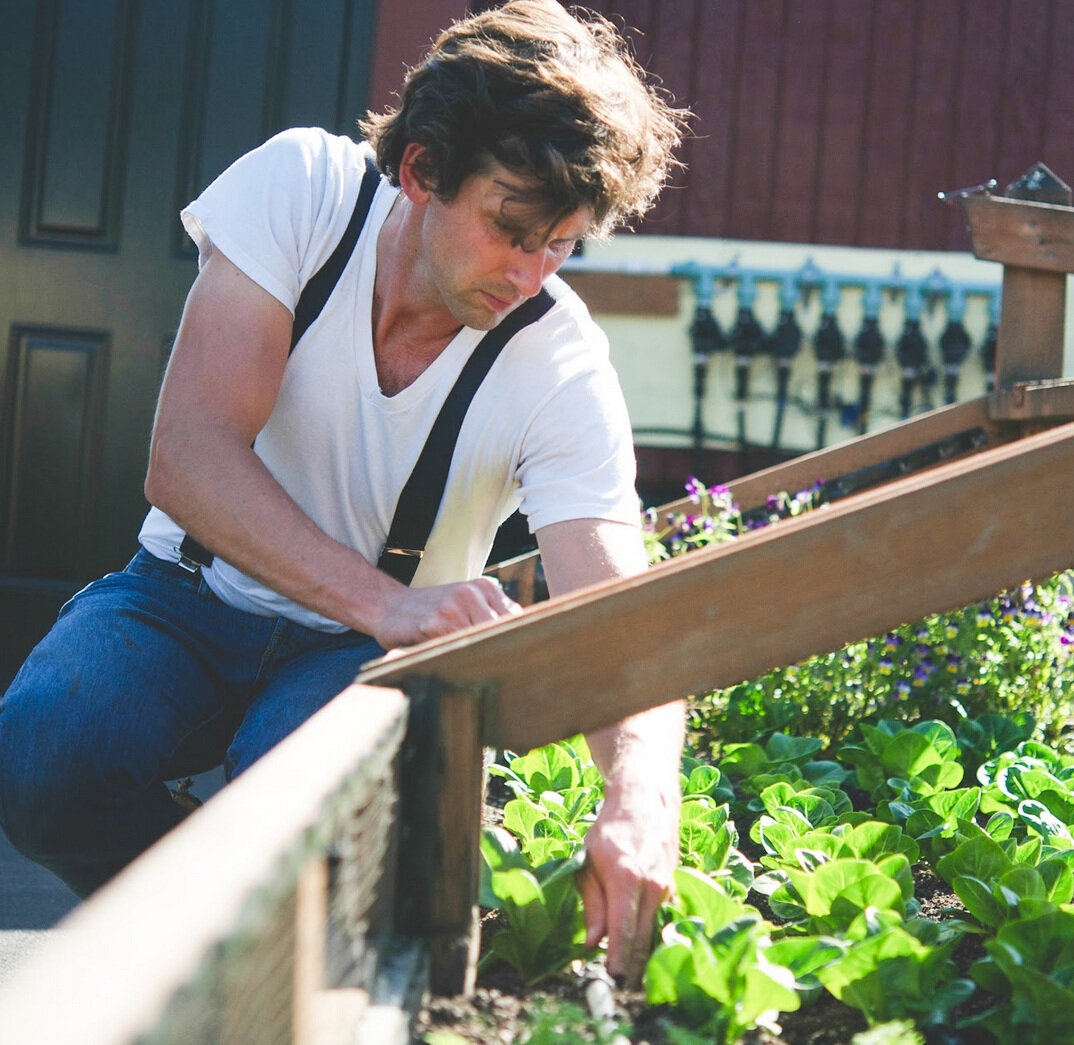Fall is here, and the days are shorter and colder. Many of us are winding down in our gardens, but not in our garden questions! This episode has a veritable potpourri of topics, including garden pests, keeping pathways weed-free, how to dry cayenne peppers, drip irrigation, and planting garlic.
HOW TO LISTEN:
Subscribe in iTunes (or your favorite podcast player) to have our podcasts sent directly to your device.
Listen right now in your browser by clicking above.
SHOW NOTES:
In this episode, we discuss:
Preventing garden pests
Keeping your pathways weed free
Drying cayenne peppers
Adding drip irrigation to organic-shaped beds
Planting garlic and favorite varieties
Important Take-aways:
If you’re struggling with issues from larger garden pests like birds, squirrels, or rodents, try netting the planting with bird netting pinned down with lawn staples or stakes as a deterrent.
A stirrup hoe (also know as a hula hoe) along with a soft rake can make keeping your pathways weed-free a breeze. Stirrup hoes are also great for cultivating large gardens.
As we mentioned in the podcast, it's likely that you already have a hard rake at home. If that's the case, you can use the hard rake instead of the stirrup hoe to break up the weeds.The easiest way to dry your cayenne peppers is to string them together and hang them in a cool, dark place. You can grind them into flakes or use them whole.
To add drip irrigation to organic shaped areas, you'll want to use ¼-inch emitter drip line tubing rather than drip tape, anchoring it in place using garden staples. There is also another material called ½-inch emitter tubing that is a pressure compensating like drip tape, but is tube shaped and can be used in curvy beds. It’s great in larger perennial landscape installations. If you want to be able to run it on a different schedule than your garden beds, you can install a splitter at the spigot and use two different timers and main lines OR you can use a hose-bib timer that has two zones like this one from Claber.
If you do already have one hose bib timer, it's more cost effective to install a second because the single zone timers cost about 1/3rd of the price as the dual zone timers. We use this simple, easy to use, battery operated timer from Dig for all of our annual vegetable gardens.It’s garlic planting season, and we shared a recap of the varieties our Slack group members are planting. As a recap, hardneck varieties have a stiff central stem and fewer and larger cloves. Softneck varieties have a flexible central stem, and the bulbs tend to have many small cloves and thick wrapper skins.
Below are photos of a stirrup hoe and bird netting. Both images are from our book, High Yield Vegetable Gardening which can be purchased directly from us through our online store, and at most fine booksellers and plant nurseries.
Like what you hear? Please share our podcast with a friend. Subscribe on iTunes or your favorite podcast player so you never miss a beat. And we'd really appreciate you showing us some love by leaving a rating and review on iTunes.
Have a topic you'd like see us dig in to? Leave us a note in the comment section below or #EBpodcast on Instagram and Twitter!
We need your support to keep this podcast going! Any amount helps, so consider support us by making a one-time contribution:
A huge thanks to our friends at Elevate Chiropractic and Rehab for helping to sponsor this episode! To receive a complimentary PDF of exercises you can do in the gardening off-season to help make sure your body is ready to go when spring rolls around, email getwell@elevatechiropracticrehab.com or submit a request through their website www.elevatechiropracticrehab.com






